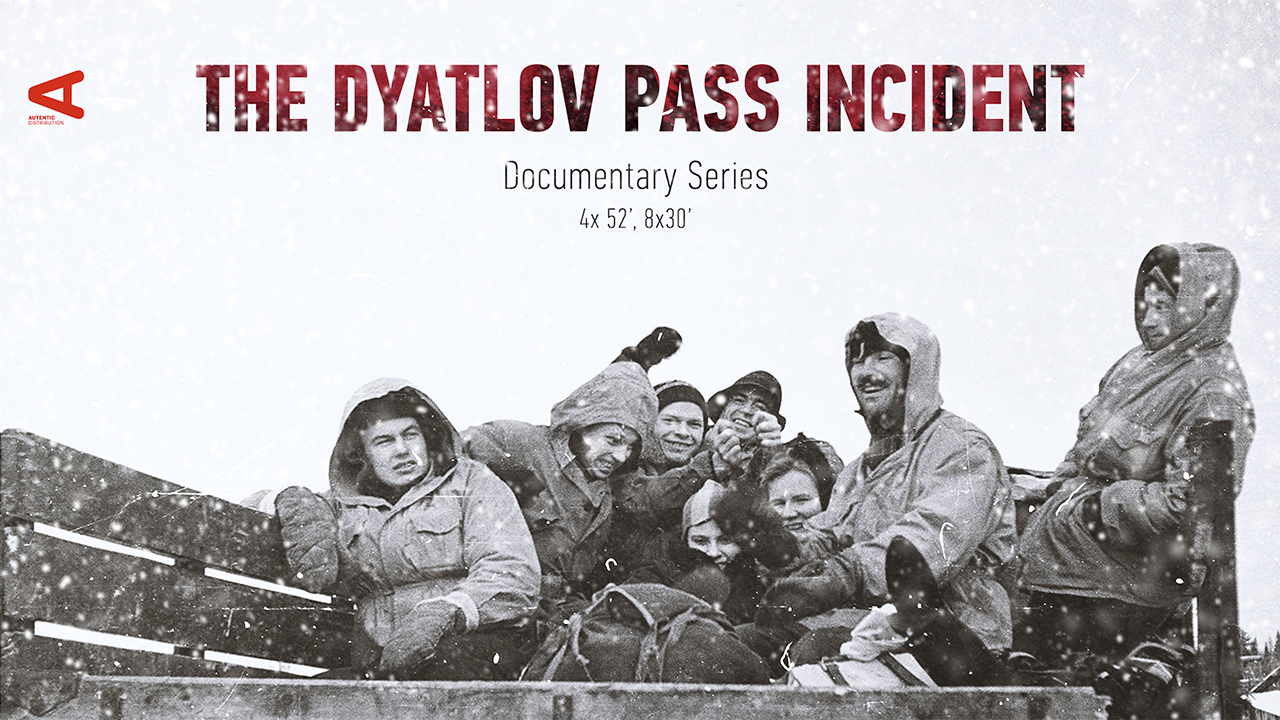
when Horror Yearbook – The Dyatlov Pass incident remains one of the most baffling unsolved cases in modern history. In February 1959, nine experienced Russian hikers ventured into the Ural Mountains but never returned. When rescuers located their abandoned campsite weeks later, they uncovered a horrifying scene. The tent had been torn from the inside, and the bodies were discovered scattered across the snow with injuries that defied explanation. Some were barely clothed despite freezing temperatures, and one hiker had a missing tongue. The Dyatlov group had embarked on a challenging trek, but no one expected such a grim outcome. To this day, scientists, conspiracy theorists, and investigators continue to speculate. No definitive answer has been given, yet public fascination continues to grow. Even now, people across the globe are drawn into the strange puzzle, asking what really happened on that mountain in the heart of winter.
The Dyatlov Pass tragedy is filled with unsettling evidence. When the search party discovered the tent, they noticed it had been slashed from the inside, suggesting the hikers fled in terror. Some bodies were found miles away, in just socks or underwear, hinting at panic or hypothermia-induced madness. Others had severe internal injuries, including crushed ribs and fractured skulls, without external bruising. One victim lacked both her tongue and eyes. These oddities created a wave of confusion among investigators. Soviet authorities conducted an initial probe but quickly closed it, citing a mysterious compelling natural force as the cause. No further explanation was provided. These vague conclusions led to decades of speculation. The Dyatlov case was reopened by Russian authorities in recent years, but the results were inconclusive. Theories continue to thrive, ranging from scientific anomalies to paranormal phenomena, making the Dyatlov Pass story an enduring enigma.
Among the theories behind the Dyatlov mystery are tales of secret military testing. Some researchers believe the area was used for parachute mine experiments, which could explain the internal injuries. Others suggest the hikers stumbled into a covert operation and were silenced. Locals have whispered about glowing orbs in the sky on the night of the incident. These reports feed theories of UFO encounters and alien abductions. Meanwhile, others point to more legendary causes. The Mansi people, indigenous to the region, speak of a Yeti-like creature that guards the mountain. Could the hikers have disturbed something they were not meant to see? While there is no physical proof of a creature or alien force, the strange condition of the bodies and missing equipment fuel ongoing speculation. The Dyatlov case has become a magnet for mysteries, attracting filmmakers, authors, and armchair detectives across generations.
Modern advancements in forensic science have been applied to the Dyatlov Pass case, but they have yet to solve the mystery. In 2020, Russian officials released a new report blaming an avalanche. However, critics argue that the tent’s position and the hikers’ behavior do not support this theory. Simulations have been run using modern modeling, including snow pressure and wind force tests. Some injuries have been partially explained using these tools, yet many gaps remain. The Dyatlov group’s experience and the layout of their camp contradict a sudden panic due to environmental hazards. Furthermore, some documents related to the case have been classified or redacted, fueling suspicions of a cover-up. The Dyatlov mystery seems immune to resolution. With every new theory, more questions emerge. Technology may illuminate parts of the truth, but the complete story of what happened that night remains in the dark.
“Read more: Boiled Alive Like Kozuki Oden? The Shocking True Story of Japan’s Fearless Outlaw Hero!”
More than 60 years after the incident, the Dyatlov Pass continues to inspire documentaries, podcasts, and books. Relatives of the hikers still demand answers, hoping for justice or closure. A memorial was placed near the site, honoring the lost adventurers. Travelers and thrill-seekers hike the same path every year, retracing the final steps of the group. Cultural fascination with the case shows no sign of fading. Many people feel a chilling connection to the tragedy, wondering how a group of skilled young people could meet such a strange end. Artists have painted scenes of the camp, and authors have imagined fictional endings. The Dyatlov story blends horror, mystery, and cold reality into one unforgettable event. Whether driven by curiosity or fear, people remain captivated. Even in the age of information, some truths remain buried under the snow.